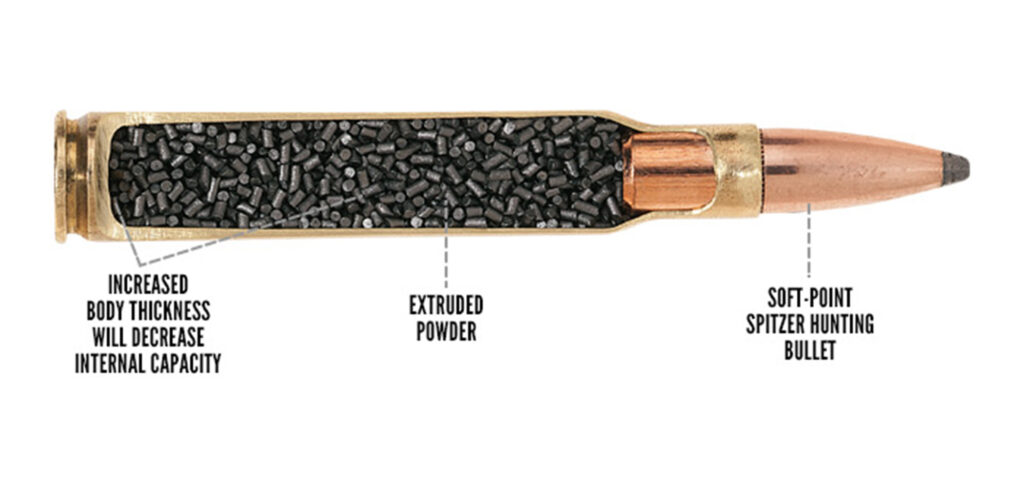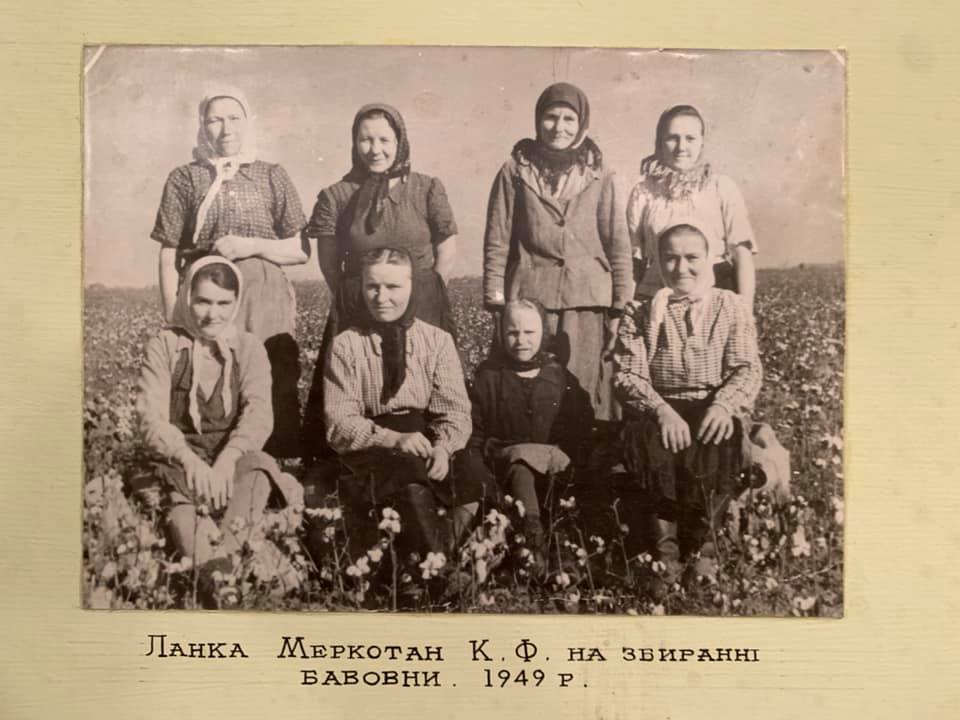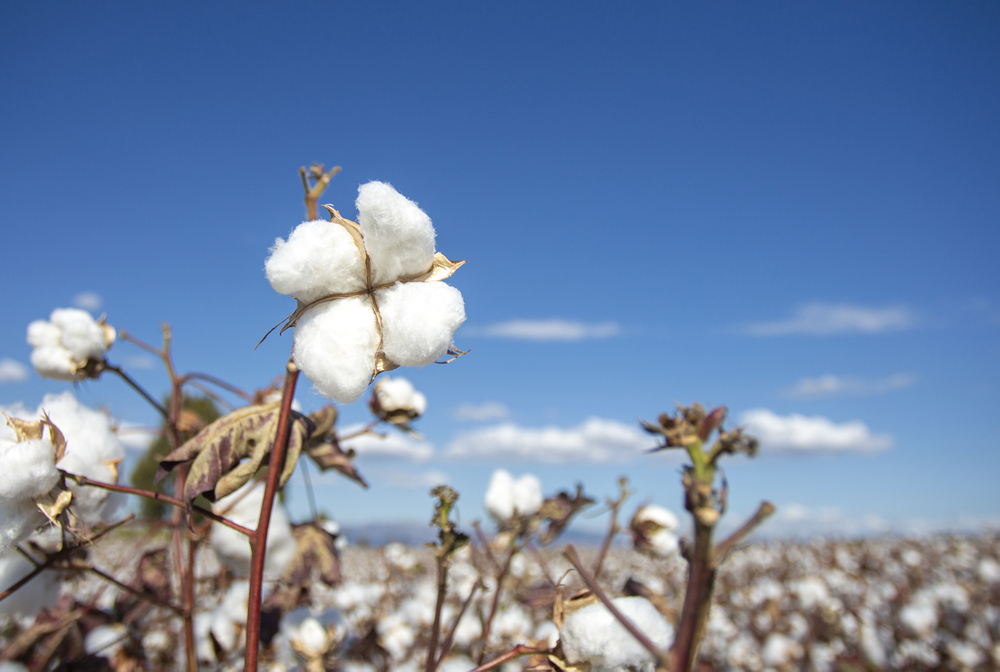As Ukraine battles Russian aggression, it faces a critical ammunition shortage, with artillery shell demand far outstripping supply. This scarcity of gunpowder, a key component, is bottlenecking production—a global issue affecting even NATO allies. Modern artillery depends on smokeless powder, primarily nitrocellulose derived from cotton fibers.
China, the main source of this cotton, stands accused of aiding Russia's war effort despite claims of neutrality. US intelligence suggests China likely supplies Russia with nitrocellulose, raising alarms among European defense companies. Armin Papperger, CEO of Rheinmetall, Germany's largest arms manufacturer, reveals that China provides over 70% of Europe's gunpowder raw materials. Micael Johansson, CEO of Saab, warns that Europe's dependence on Chinese nitrocellulose potentially risks continental security.
Ukrainian firms are racing to boost domestic ammunition production to counter Russia's firepower advantage. While Russian forces have sometimes outgunned Ukraine by thousands of shells daily, the gap is closing. In September, Ukrainian Armed Forces Commander-in-Chief Oleksandr Syrskyi reported that Ukraine had improved the ammunition disparity from last winter's 1:8 ratio to about 1:2, though Russia retains the edge.
To address this, Ukraine is exploring domestic cotton cultivation for nitrocellulose production, reviving a Soviet-era practice. With a monthly requirement of around 200,000 shells, Ukraine's progress towards self-sufficiency remains uncertain but crucial.
Ukrainian news outlet Ekonomichna Pravda (EP) has investigated these efforts, highlighting the challenges. We summarized their findings.
How cotton becomes gunpowder
The key to success in ammunition production is not building more shell factories but securing a reliable supply of scarce components. Gunpowder is one of them; without it, the ammunition would not fly out of the barrel.

Nitrocellulose, a crucial ingredient in gunpowder, can be extracted from various plant-based materials, including industrial hemp, wood, and cotton.
Owing to its minimal weight, cotton is particularly favored for manufacturing powder used in long-range artillery. Cotton fiber comprises 95% cellulose and only 5% fats and other substances.
The manufacturing process of smokeless powder involves several steps:
- Cotton undergoes a purification process to isolate the cellulose
- The extracted cellulose is then subjected to a chemical treatment involving sulfuric and nitric acids, which form nitrocellulose
- This nitrocellulose undergoes further processing to create gunpowder granules
- Finally, these granules are dried to produce the propellant charges used in ammunition.
Strategic cotton test fields in Odesa, southern Ukraine
Ukrainian authorities are pursuing multiple strategies to secure gunpowder supplies, including seeking aid from allies, collaborating with European countries on production, and developing domestic capabilities. A key initiative in this effort is the revival of cotton cultivation, crucial for producing nitrocellulose, a primary component of gunpowder.
In May 2024, the Ukrainian government passed legislation to streamline cotton variety imports and launched an experimental growing project in southern Ukraine. This move comes despite Ukraine's climate being less than ideal for cotton, which typically thrives in the warmer environments of Central Asia. Historically, cotton was grown in Crimea and Kherson Oblast during Soviet times, but large-scale production ceased decades ago. These regions are now under Russian control following the 2014 annexation of Crimea and the 2022 occupation of parts of Kherson Oblast.

Stepan Cherniavskyy, Chair of the Ukrainian Parliament's Agrarian Policy Committee, estimates that Ukraine's defense sector requires 10,000 tons of cotton cellulose, necessitating approximately 74,000 acres (30,000 hectares). This area could be halved with irrigation, though cotton can be grown on non-irrigated land.
To assess viability, test fields of about 10 acres each have been established in Odesa Oblast, chosen for its climate similarity to occupied Crimea. The experiment utilizes five imported cotton varieties, as Ukrainian varieties were largely destroyed during the Russian invasion. Preliminary results are promising, with cotton plants forming and opening their bolls, suggesting the crop can mature in Ukraine's climate.
"This experiment is needed to understand whether cotton can grow here at all and be used for strategic industrial purposes," Ihor Vishtak, director of the Department of Agrarian Development at the Ministry of Agrarian Policy, explains.
The harvested cotton will be examined at the Ministry of Defense and the Ministry of Strategic Industries laboratories to determine its suitability for gunpowder production.
Challenges loom in Ukraine's gunpowder production
Despite these innovative efforts, significant challenges remain:
- The economic viability of cultivation is uncertain
- Processing facilities cannot be established quickly
- Success in one region doesn't guarantee viability elsewhere in Ukraine
- Abnormal heat in 2024 may not be replicated in future years, affecting crop yields.
Moreover, establishing a full production cycle for gunpowder is a complex and expensive endeavor that requires international investments. One Western company offered to build a gunpowder plant in Ukraine for 20 million euros, capable of producing 600 tons of gunpowder annually – enough for about 160,000 122-millimeter shells (a common Soviet caliber). However, this represents only one stage in the production process.
The challenges extend beyond production. A gunpowder factory in Ukraine could be a potential target for Russian missile strikes, adding a security dimension to the issue.
NATO and Soviet gunpowder are equally scarce
Ukraine's decision to cultivate cotton, an unconventional crop, is a strategic response to the global scarcity of gunpowder, a crucial component for artillery production. This shortage impacts both NATO and Soviet-standard ammunition, which Ukraine urgently needs to sustain its defense efforts.
Ukraine requires 155mm caliber shells for NATO-standard artillery, which are widely used by NATO forces. However, the global supply of NATO-standard gunpowder is tightly controlled by major Western defense companies, which have already committed their supply until 2026 to their own armies. Major players like French government-owned Eurenco and German Rheinmetall-controlled Nitrochemie dominate the industry, limiting Ukraine's access.
In addition to NATO-standard ammunition, Ukraine still relies heavily on Soviet-standard artillery, particularly 122mm and 152mm caliber shells, used in older systems. The gunpowder technology for these calibers differs, making sourcing Soviet-standard ammunition equally challenging. The supply chains for these munitions are limited to former socialist countries and Russian-friendly states, often requiring intermediaries for access.
This gunpowder shortage has had significant consequences. At least one large state-owned Ukrainian plant failed to fulfill a multi-billion artillery shell contract this year.
"If Ukraine had stable access to gunpowder and appropriate state contracts, the number of shells produced per year would increase by hundreds of thousands,” said Vladyslav Belbas, director of Ukrainian Armor, a company producing artillery and mortar rounds.
Numbers don't add up in Western support for Ukraine
An investigation has revealed that the EU's actual artillery shell production capacity falls short of its promises to Ukraine. While the European Commission claimed a capacity of 1 million 155mm shells annually by January 2024, actual output is less than half that.
The EU has established a 2 billion euro fund to address this shortfall, with 75% allocated to expanding gunpowder and explosives production. The goal is to reach an annual capacity of 1.4-1.7 million shells by late 2024, though not all will go to Ukraine.
This situation reflects NATO's broader priority: ensuring sufficient munitions for its own armies, particularly given the growing Russian threat in Eastern Europe. Germany's response is notable, with Rheinmetall receiving a record $9 billion order in summer 2024, primarily for the German army but also supporting Ukraine.
The US has also bolstered its defense industry. A key ammunition plant in Scranton, Pennsylvania, visited by President Zelenskyy, has increased 155mm shell production by 50%, from 24,000 to 36,000 rounds monthly.
In contrast, despite an economy seven times smaller than the EU's, Russia produces twice as many artillery shells. It also benefits from ammunition supplies from Iran and North Korea and faces minimal barriers in sourcing gunpowder components from neighboring countries, giving it a logistical advantage in maintaining its munitions stockpile.
Ukraine's cotton experiment, while showing initial promise, is far from a large-scale industrial project. The Ministry of Agrarian Policy estimates potential cultivation on 25,000 acres (10,000 hectares), but widespread production faces significant hurdles.
Even with successful harvests, establishing a complete gunpowder production chain could cost hundreds of millions of dollars. Ukraine may be able to produce some components with international partners, but a fully domestic, large-scale operation remains a distant, expensive goal.
Related:
- US new military aid package for Ukraine includes ammunition for artillery and air defense
- US production of artillery ammunition exceeds previously set goals, significant for military aid to Ukraine

